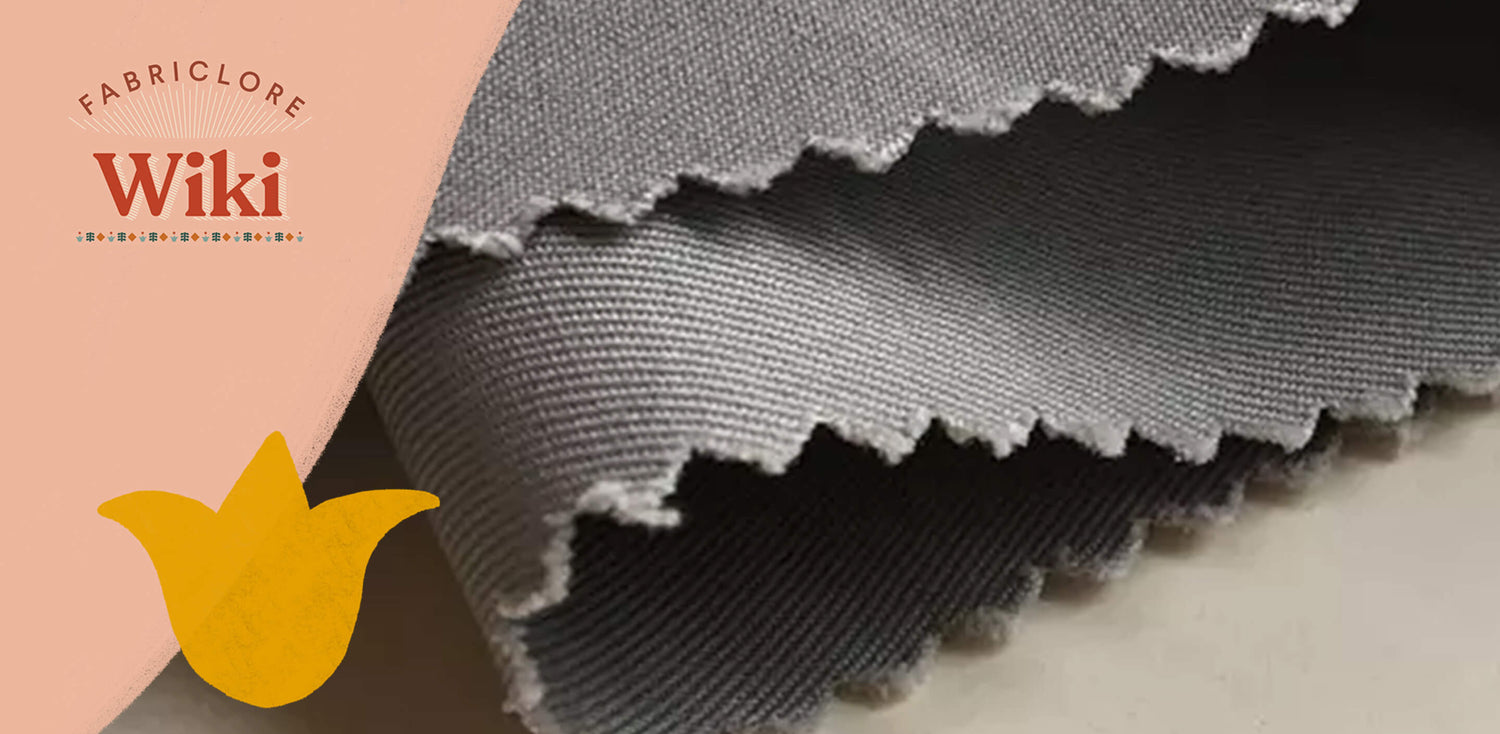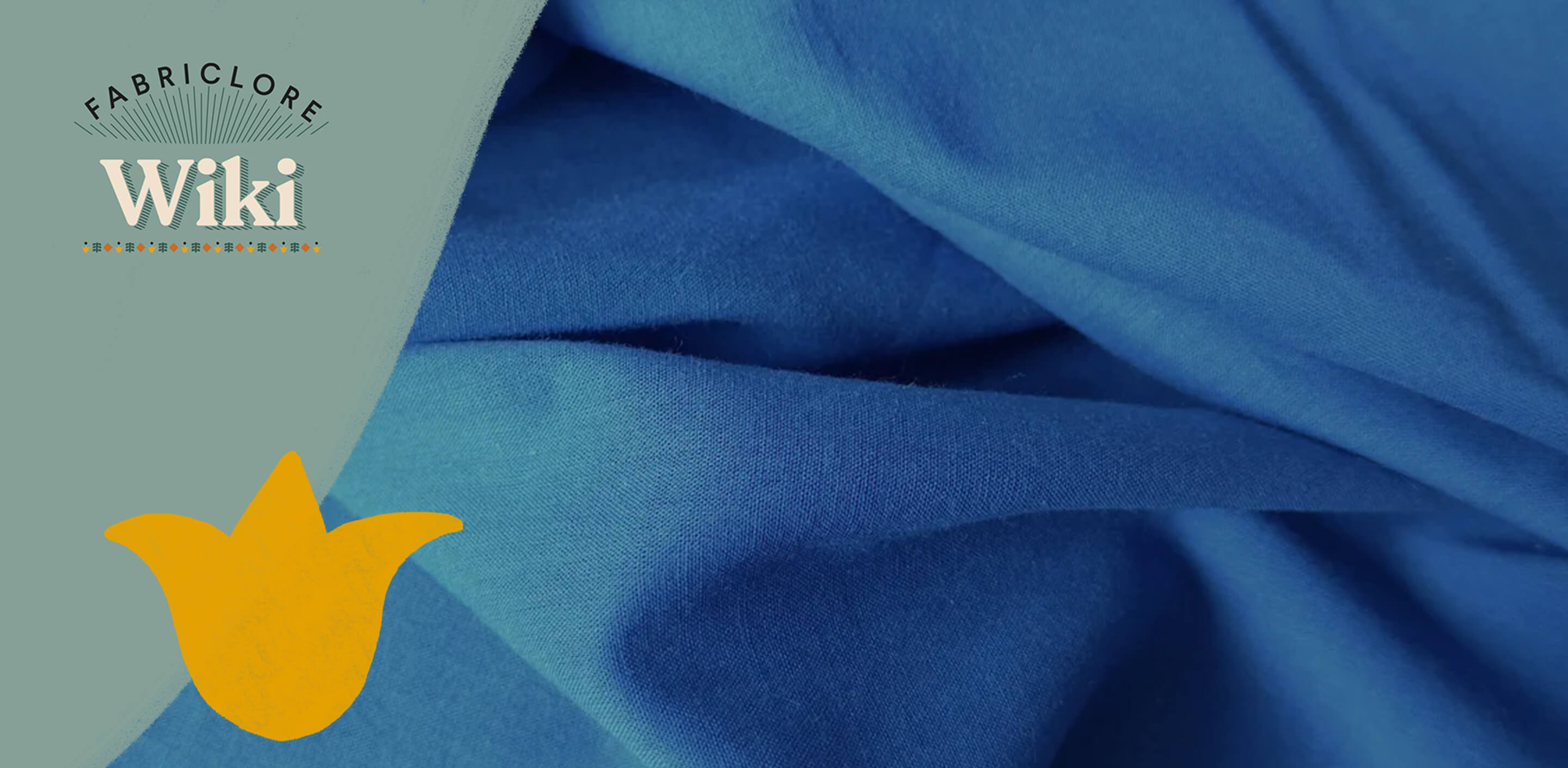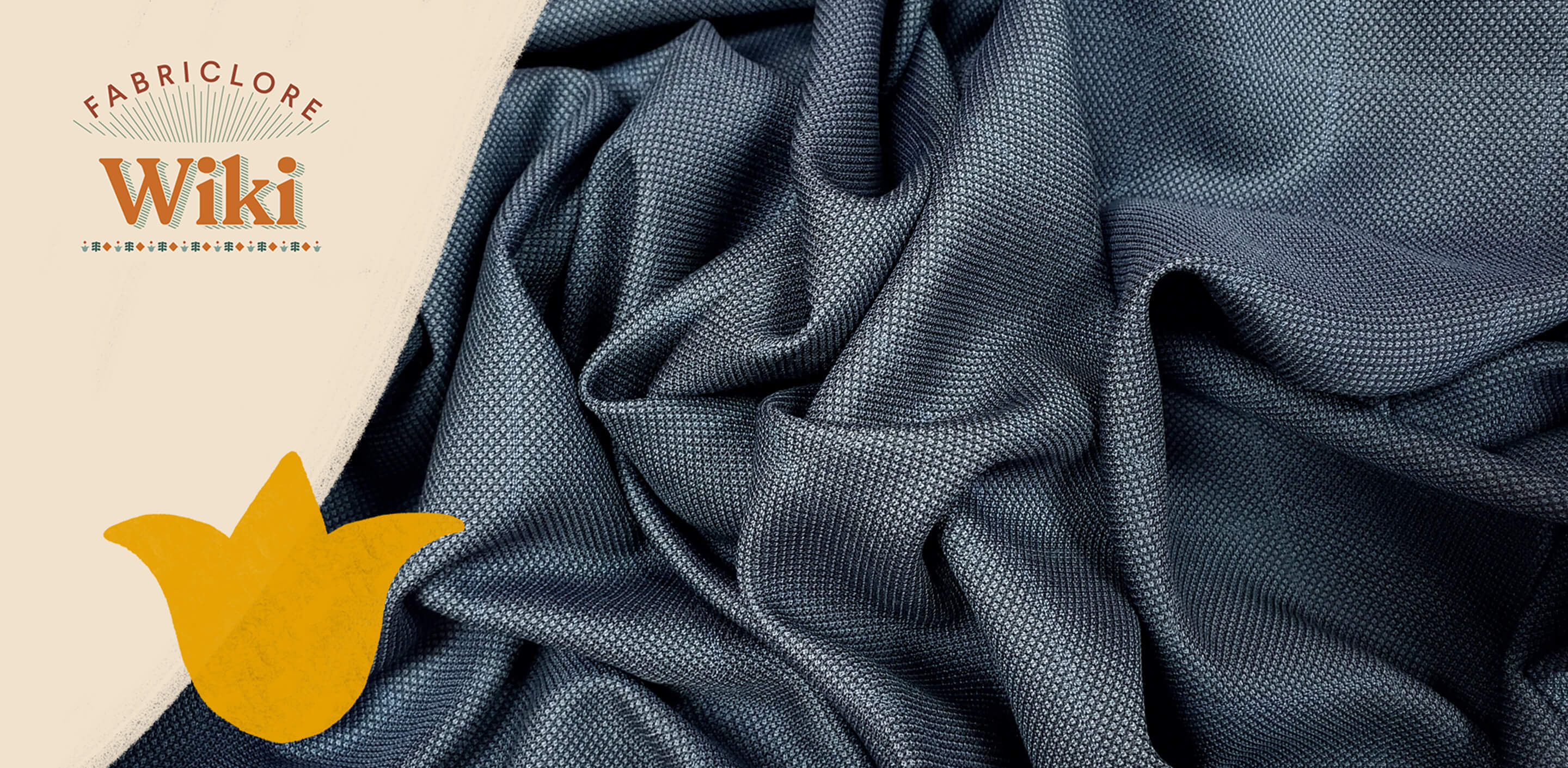What is Drill Fabric?
- Drill fabric is made of twill weave and is extremely durable.
- It varies from denim in that both the warp and weft threads are the same color, indicating a superior quality.
- It is often a medium or heavyweight fabric composed of cotton or linen.
- The fabric may be used with synthetic fibers to make textiles with a variety of characteristics.

History
- During the British Empire's rule of India, troops wore uniforms made of white cotton drill colored to a tan that roughly matched the hue of the dusty surroundings in the 1840s.
- Because it provided great camouflage, the cloth quickly became a popular material for other military uniforms, and drill, like many other items, including the tee-shirt, became fashionable in casual attire after World War II, when soldiers returned to university.
- It is still used as a uniform today, particularly in the hospitality industry, because it is thick enough to shield the user from heat, durable, and comfortable.

What Makes it Stand Out?
- Drill fabric is a versatile, sturdy cotton fabric made with coarse carded yarns in an intricate and dense pattern.
|
Texture |
Drill fabric is a flexible, strong cotton fabric created with coarse carded threads in a dense pattern. |
|
Easy to care |
Cotton drill fabric is quite easy to work with. All that is required is to recognize the presence of a grain line during cutting before stitching. |
|
Shine |
Light Sheen |
|
Sheer |
Opaque |
|
Durable |
The drill fabric's robust and lasting character will explain the fabric's life. Because of the existence of diagonal weaving, it can withstand extreme wear while remaining robust. It's a finely woven cloth. |
|
Comfort |
The fabric is noted for its optimum comfort and breathability. This is due to the fabric's inclusion of cotton. Depending on the situation, light weight or heavy weight drill fabric can be used. |
Application and Uses
|
Clothing |
Shirts, safari jackets, military uniforms, chef coats, etc. |
|
Home Furnishing |
Cushion cover, curtains, etc. |
|
Accessories |
Tents, canopies, canvas, etc. |
Care Instructions
- Simply washing and tumble drying the fabric to soften it is an option.
- Also, before sewing, the cloth should be washed to preshrink it and remove any extra discoloration.
- No need to iron the fabric often, but if required, regular iron would be better.





